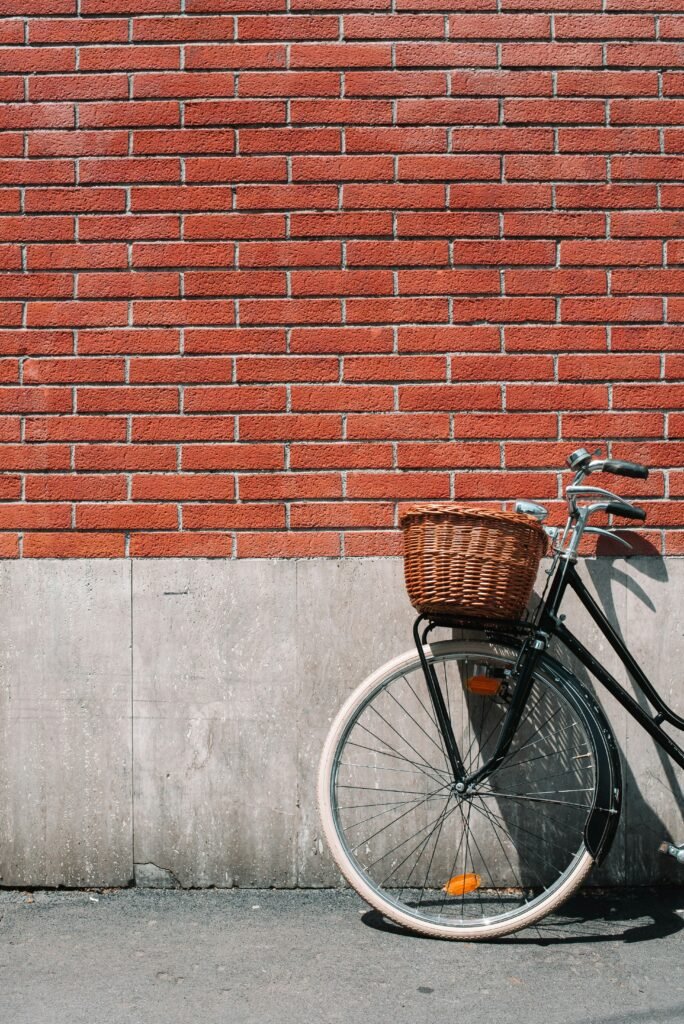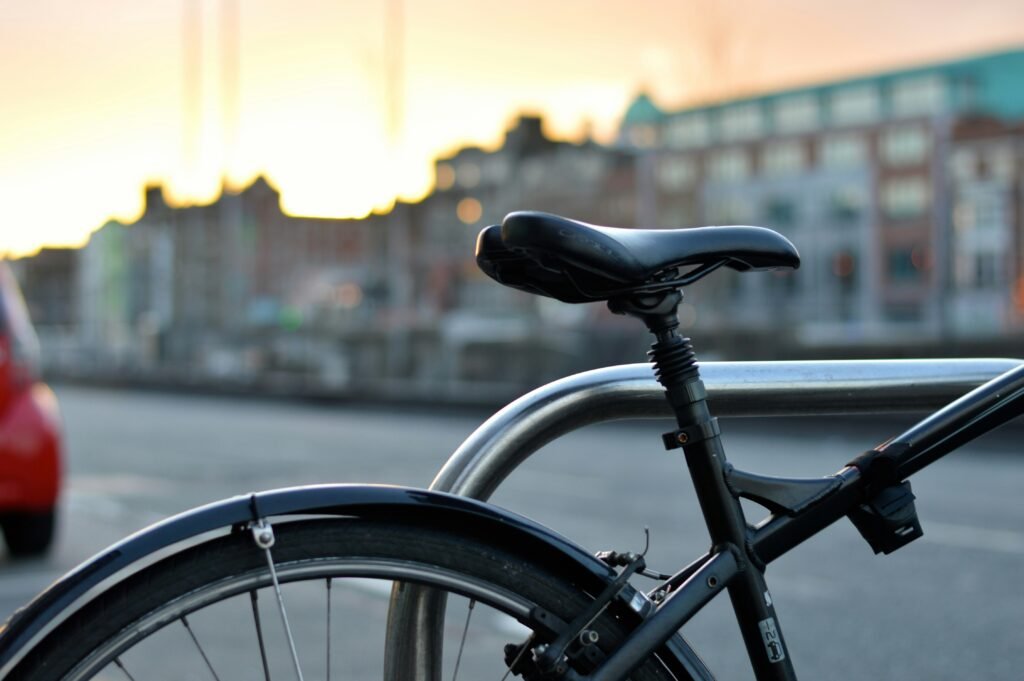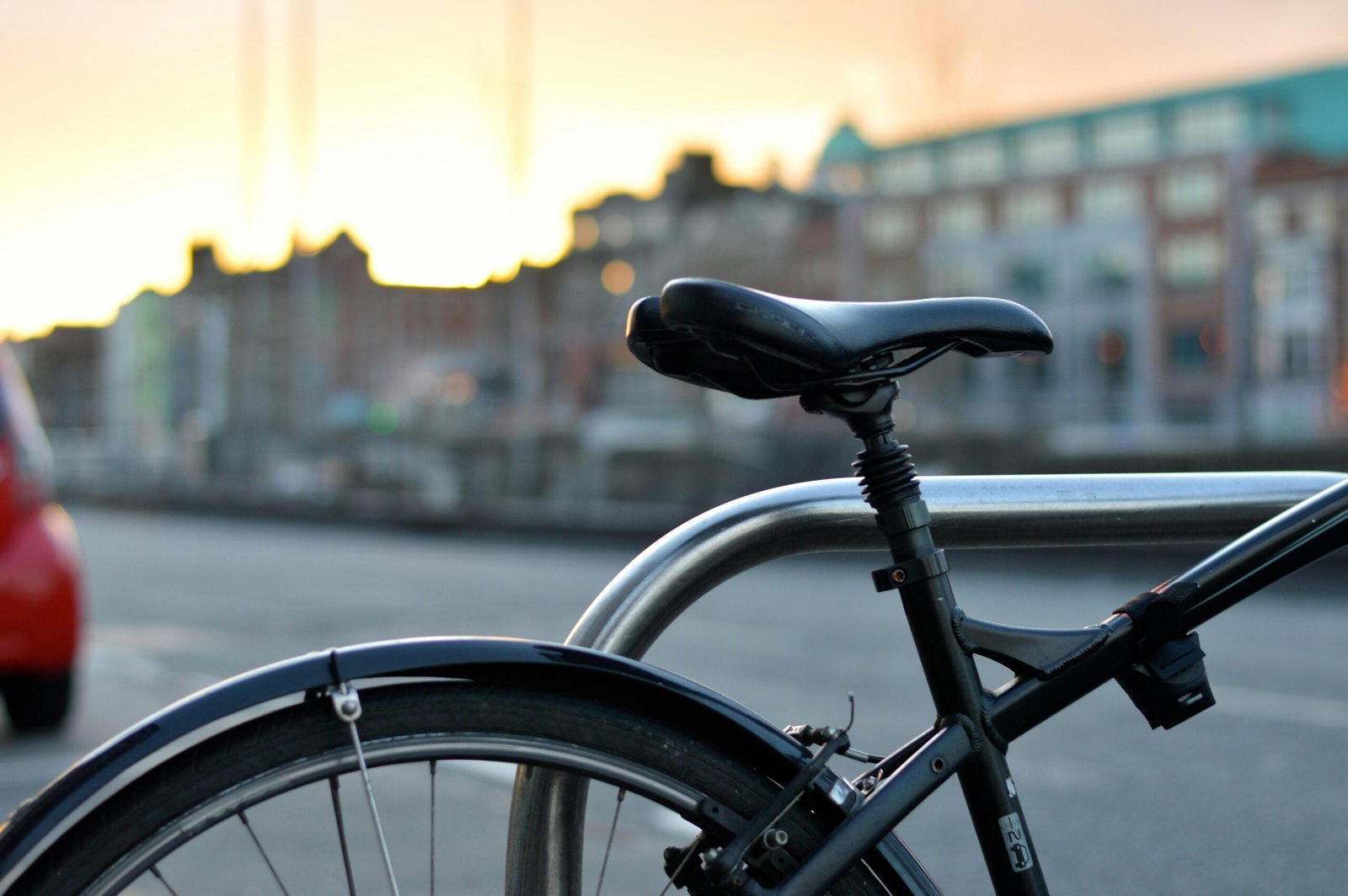Are you ready to embark on an exhilarating journey of creativity and mechanical prowess? Look no further! In this step-by-step tutorial, we will guide you through the process of constructing your very own custom dirt bike from scratch. Whether you’re a seasoned dirt bike enthusiast or a curious beginner, this article will provide you with all the essential knowledge and instructions needed to bring your vision to life. So tighten your helmet, grab your toolbox, and let’s get started on this thrilling adventure of constructing a truly unique dirt bike that reflects your individuality and passion.

This image is property of images.unsplash.com.
Choosing the Frame
When it comes to building a custom dirt bike, one of the most important decisions you’ll need to make is choosing the right frame. This is the foundation of your bike, and it will determine factors such as the bike’s size, weight, and handling.
Researching Different Frame Options
Before making a decision, it’s crucial to research different frame options available in the market. Look for frames that are known for their durability and strength, as these are qualities you’ll need in a dirt bike that can handle rugged terrains. Consider factors such as frame geometry, material, and welding quality to ensure you’re selecting a frame that meets your needs.
Selecting the Right Frame Size
Choosing the right frame size is essential for ensuring a comfortable and safe riding experience. The frame size should be proportionate to your height and body type. Take measurements and refer to size charts provided by manufacturers to identify the frame size that suits you best. Remember that a properly sized frame will provide better control and maneuverability on the trails.
Considering the Material and Design
When selecting a frame for your custom dirt bike, consider factors such as material and design. Aluminum frames are lightweight and offer excellent strength, while steel frames provide durability and toughness. Carbon fiber frames are known for their strength and lightness, but they can be more expensive. Additionally, think about the design elements that you prefer, such as the shape of the frame or any unique features that may enhance the bike’s performance or aesthetics.
Selecting the Engine
The engine is the heart of any dirt bike, and selecting the right one is crucial for achieving the desired power and performance on the trails.
Deciding on the Engine Size
When it comes to engine size, it’s essential to consider your skill level and the type of riding you’ll be doing. Smaller engine sizes, such as 125cc, are more suitable for beginners, while larger engine sizes, such as 450cc, are better suited for experienced riders who crave more power. Consider factors such as your riding style, terrain, and personal preferences when deciding on the engine size.
Choosing Between 2-Stroke and 4-Stroke Engines
Another important decision to make is whether to go for a 2-stroke or 4-stroke engine. 2-stroke engines are known for their lightweight and high-revving nature, making them ideal for racing. On the other hand, 4-stroke engines offer a smoother power delivery and better fuel efficiency, making them more suitable for trail riding and longer rides. Consider your riding style and preferences to determine which engine type suits you best.
Researching Different Engine Brands
Researching different engine brands is crucial for ensuring you choose a reliable and high-performance engine for your custom dirt bike. Look for reputable brands known for their quality and durability. Read reviews and seek recommendations from experienced riders to get an idea of which brands are highly regarded in the dirt bike community.
Suspension Components
Having a well-performing suspension system is essential for a smooth and controlled ride on the trails.
Understanding the Importance of Suspension
The suspension system plays a vital role in absorbing impacts from the terrain and providing stability and control to the rider. It consists of front forks and rear shocks, both of which need to be carefully selected to match your riding style and the type of terrain you’ll be riding on.
Selecting the Front Forks
Front forks are responsible for absorbing impacts from the front wheel, and their quality greatly affects the bike’s handling and comfort. Consider factors such as fork travel, adjustability, and damping characteristics when selecting front forks. Adjustable forks allow you to fine-tune the suspension to match different terrains and riding conditions.
Choosing the Rear Shock
The rear shock is responsible for absorbing impacts from the rear wheel and keeping the bike stable. Like front forks, the rear shock should be selected based on factors such as adjustability, damping characteristics, and the type of riding you’ll be doing. Look for shocks that provide smooth and controlled suspension action to ensure a comfortable and controlled ride.
Brake System
A reliable and efficient brake system is crucial for ensuring your safety and control on the trails.
Deciding on Hydraulic or Mechanical Brakes
The first decision to make is whether to go for hydraulic or mechanical brakes. Hydraulic brakes offer better stopping power and modulation, making them the preferred choice for most riders. However, mechanical brakes are simpler and easier to maintain, which can be a consideration if you’re building your bike on a budget. Consider your riding style and preferences when deciding between hydraulic and mechanical brakes.
Selecting the Brake Calipers and Rotors
When it comes to brake calipers and rotors, quality and performance are key. Look for calipers made from durable materials that provide strong and consistent braking power. Similarly, select rotors that are properly sized for your bike and offer efficient heat dissipation to prevent brake fade.
Choosing the Brake Master Cylinder
The brake master cylinder is responsible for converting the pressure applied to the brake lever into hydraulic pressure that is transmitted to the brake calipers. It’s essential to choose a high-quality master cylinder that provides a firm and consistent feel. Consider factors such as piston size and lever compatibility when selecting the brake master cylinder.

This image is property of images.unsplash.com.
Wheels and Tires
The wheels and tires you choose for your custom dirt bike will greatly impact its performance and handling on different terrains.
Choosing the Right Wheel Size
When it comes to wheel size, it’s crucial to consider factors such as your riding style and the type of terrain you’ll be riding on. Smaller wheel sizes, such as 19 inches, are more commonly used for motocross and racing, offering better maneuverability. Larger wheel sizes, such as 21 inches, are more suitable for off-road riding, providing better stability and traction.
Deciding on Tube or Tubeless Tires
Another decision to make is whether to go for tube or tubeless tires. Tube tires require an inner tube to hold air, while tubeless tires have a built-in liner that allows them to be inflated directly. Tubeless tires offer advantages such as reduced likelihood of flat tires, better traction, and reduced weight. However, tube tires can be less expensive and easier to repair in case of a puncture. Consider your riding preferences, terrain, and maintenance requirements when deciding between tube and tubeless tires.
Selecting the Tread Pattern for Different Terrains
Tire tread pattern greatly affects the bike’s traction and performance on different terrains. Look for tires with treads designed for the specific terrains you’ll be riding on. For example, knobs and aggressive treads are beneficial for riding on loose dirt or mud, while smoother treads are more suitable for hard-packed trails. Consider the type of terrains you’ll encounter most frequently and choose tire patterns that optimize traction and control.
Exhaust System
The exhaust system not only affects the sound of your bike but also impacts its performance.
Researching Different Exhaust Brands
Researching different exhaust brands is important to ensure you choose a high-quality system that meets your performance needs. Look for reputable brands that offer exhaust systems specifically designed for dirt bikes. Read reviews and seek recommendations to get an idea of which brands deliver reliable performance and durability.
Choosing a Performance or Stock Exhaust
When it comes to choosing an exhaust, you’ll need to decide whether to go for a performance or stock option. Performance exhaust systems are designed to enhance the bike’s power and performance, offering advantages such as increased horsepower and improved throttle response. Stock exhausts, on the other hand, are more cost-effective and suitable for riders who prioritize noise regulations or prefer a more subtle sound. Consider your riding style, noise regulations, and performance requirements to make an informed decision.
Considering Noise Regulations
Before finalizing your exhaust choice, it’s important to consider noise regulations in your area. Some riding areas have specific noise limits that you must meet to comply with local regulations. Make sure to choose an exhaust system that falls within these limits to avoid any legal issues and be considerate towards fellow riders and the environment.

This image is property of images.unsplash.com.
Electrical and Lighting
The electrical and lighting components of your dirt bike are essential for safety and convenience.
Deciding on a Battery Type
When it comes to choosing a battery, there are different types to consider, such as traditional lead-acid batteries and lighter lithium-ion batteries. Lead-acid batteries are more affordable but heavier, while lithium-ion batteries offer advantages such as lighter weight and longer lifespan. Consider factors such as weight, cost, and maintenance requirements when deciding on the battery type.
Selecting a Headlight and Taillight
Proper lighting is crucial for riding safely, especially during low-light conditions. Select a headlight and taillight that provide adequate brightness and visibility. LED lights are often recommended for their high efficiency and long lifespan. Take into consideration any legal requirements for lights in your area and choose lights that meet those regulations.
Choosing an Ignition System
Choosing the right ignition system is important for reliable starting and smooth engine operation. Look for ignition systems that offer features such as adjustable timing and a strong spark. Consider factors such as your riding style and engine requirements when selecting an ignition system.
Controls and Handlebars
The controls and handlebars of your dirt bike greatly impact your riding comfort and control.
Selecting the Handlebar Type
Handlebars come in different shapes and sizes, and selecting the right type is crucial for a comfortable riding position and precise control. Consider factors such as height, width, and sweep when choosing handlebars. Experiment with different options to find the one that feels most comfortable for your riding style.
Choosing the Controls (Throttle, Clutch, Brake)
The controls of your dirt bike, including the throttle, clutch, and brake, should provide smooth and responsive operation. Look for controls that offer precise control and good feel. Consider features such as adjustable levers and comfortable grips to enhance your riding experience. Ensure that the controls are compatible with your chosen handlebars and other components.
Deciding on Grips and Levers
Grips and levers may seem like small components, but they play a crucial role in rider comfort and control. Choose grips that offer good vibration damping and a comfortable feel. Consider lever options that are adjustable and ergonomic, allowing you to fine-tune your riding position. Personalize your bike by selecting grips and levers that match your style and preferences.
Bodywork and Graphics
The bodywork and graphics of your dirt bike are not only aesthetic choices but also contribute to functionality and protection.
Deciding on the Design and Color Scheme
Choose a design and color scheme that reflects your personal style and preferences. From bold and vibrant graphics to more subtle and understated designs, the choice is yours. Consider how the design and color scheme will complement the other components of your bike and create a cohesive look.
Choosing Plastics and Graphics Kits
Select high-quality plastics that offer durability and protection for your bike. Look for plastics that are designed to fit your specific frame, ensuring easy installation and proper fit. Graphics kits are a popular option for adding a personalized touch to your bike. Choose kits that are made from high-quality materials and offer good adhesive properties to ensure they stay in place.
Researching Different Decal Options
Decals and stickers are a great way to further customize your dirt bike. Research different decal options available in the market to find designs that resonate with you. Look for decals that are made from high-quality materials and offer good adhesive properties to ensure they stand up to the rigors of off-road riding.
Final Assembly and Testing
Once you have selected all the components for your custom dirt bike, it’s time for final assembly and testing.
Assembling all the Components
Carefully follow the manufacturer’s instructions to assemble all the chosen components onto the frame. Take your time and ensure that everything is properly aligned and securely fastened. If you’re unsure about any step, consult an experienced mechanic or seek guidance from online resources.
Checking for Proper Fit and Alignment
Before taking your bike out for a ride, thoroughly check for proper fit and alignment of all the components. Ensure that the frame and suspension components are properly aligned, the brakes and controls operate smoothly, and the wheels and tires are properly mounted and balanced. Make any necessary adjustments or fine-tuning to ensure everything is in top condition.
Performing Test Rides and Adjustments
Finally, it’s time to take your custom dirt bike for some test rides. Start with short rides in a controlled environment to familiarize yourself with the bike’s handling and performance. Pay close attention to any issues or discomfort you may experience and make necessary adjustments. It may take some trial and error to dial in the perfect setup, so be patient and enjoy the process of fine-tuning your bike to suit your riding style and preferences.
Building a custom dirt bike from scratch is a rewarding process that allows you to tailor every aspect of your ride. By carefully considering each component and making informed decisions, you can create a bike that not only performs at its best but also reflects your personal style and preferences. Remember to prioritize safety and always wear appropriate protective gear when riding your custom creation on the trails. Happy building and happy riding!
